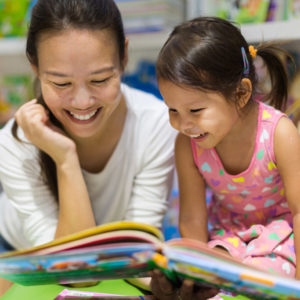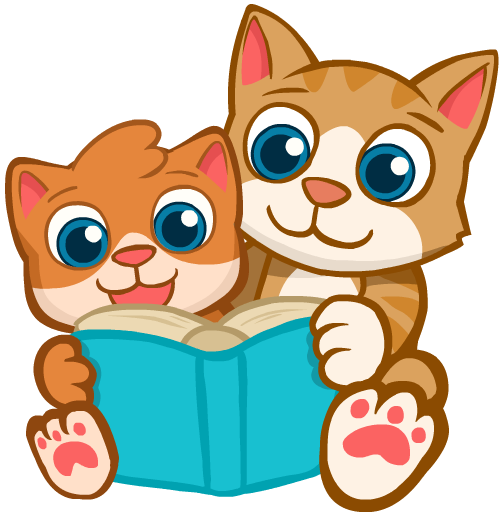 There’s no denying the impact that reading can have on a young learner’s future. Early literacy is one of the greatest predictors of later academic achievement, and can even influence future career and financial success in adulthood!
There’s no denying the impact that reading can have on a young learner’s future. Early literacy is one of the greatest predictors of later academic achievement, and can even influence future career and financial success in adulthood!
Of course, literacy goes beyond simply knowing how to read. Strong readers engage with the text at every stage of reading, analyzing their own comprehension as they go. To help your young learner develop their strengths as a reader, try guiding them through some of these strategies!
Before Reading
1 Set a context
How does the story fit into the reader’s life or current knowledge base? For familiar subjects, pull from past experiences to help “set the stage” for the story. If it’s a brand new subject, give enough background information to ensure that the story makes sense. For example, if the story takes place in a historical time period, have a brief discussion with your child about how life was different at that time. This will help transport your reader to the world of the story before they even get started, laying the groundwork for comprehension.
2 Preview
Like a film preview, readers benefit from an overview of a story before reading it. One way to preview a story is with a “book walk,” or a quick scan of the book. With picture books, this could mean skimming the illustrations. For novels, it might mean reading chapter titles or the description on the back.
As adult readers, we do book walks all the time! In a bookstore, you probably won’t grab the first book you see and toss it in the basket; instead, you’ll preview books first to see if they’re to your taste. Kids, too, should be drawn to what they read—otherwise, they may become disengaged.
3 Make Predictions
After you’ve set a context and previewed the book, invite your young reader to make predictions about the story. Will it be funny? Will it teach them something new? Will it be fiction or nonfiction? What will the characters be like? This strategy can also be used simultaneously with a book walk or picture scan.
During Reading
4 Ask Questions
It’s nearly impossible to be an active reader without asking questions! Eventually, this strategy will come naturally to highly engaged readers. In the meantime, we can guide our young learners to develop this skill first by modeling our own questions, and then by prompting them to come up with the questions themselves. “I wonder…” is a great sentence-starter to get kids into an inquisitive state of mind.
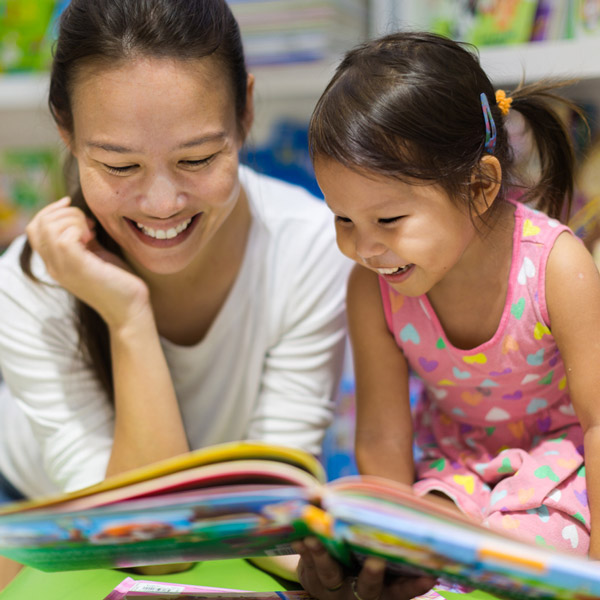 Example in Action: Ask Questions
Example in Action: Ask Questions
Some teachers choose to create a “Wonder Wall” in their classrooms to encourage questioning. This could easily be adapted for the home, too! All you need is a poster board (or even a blank stretch of wall) and some sticky notes. As children read, invite them to write their questions on the sticky notes and post them on the Wonder Wall. The novelty of this activity is often enough to motivate young readers to think of as many questions as they can! After reading the book, you can revisit the Wonder Wall notes to see how many questions were answered.
5 Make Inferences
Making inferences during reading is what I call “connecting the dots.” Stories rarely tell every detail—if they did, they would be boring! Instead, authors intentionally leave out information to keep the reader engaged. Picture books are wonderful for teaching young kids to infer; by looking at the illustrations for clues, kids can learn to fill in the missing details through context.
6 Visualize
I always tell students, “Books are like movies in your head.” During reading, our minds should be transported to the world of the story, picturing everything that happens. Visualization does not only include what we can “see,” however; it includes all five senses! When asking your young reader to visualize the setting, consider also asking them what they can smell or hear. You’ll sometimes be surprised at the answers you get!
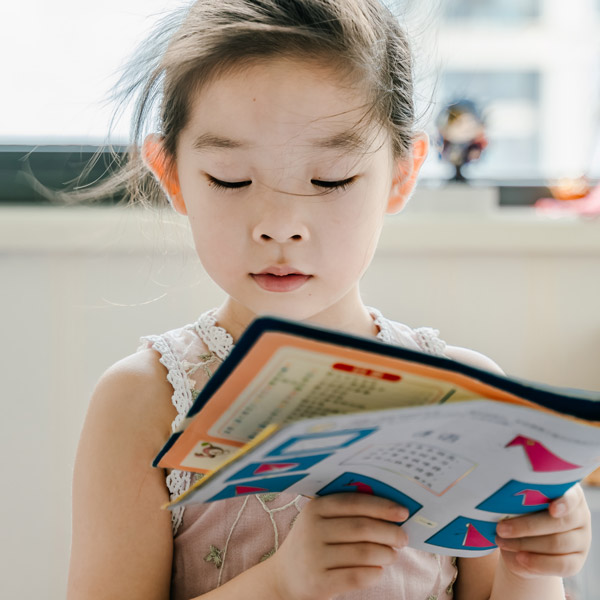 Example in Action: Visualization
Example in Action: Visualization
During a reading assessment in my second grade class, students read a short fiction passage about a child riding a roller coaster. When the test was over, one student asked whether he could take the test again. I asked him why, and he responded, “The part where we went up high made my brain tickle!” Talk about transporting the reader to the world of the story!
7 Make connections
Stories are always more valuable when they connect to something we are already familiar with. Guide your child to make connections as they read by asking them about their lives, about books they’ve read before, or about what they know about the world. For example, if a character in the story feels nervous, you can prompt your child to connect to a time when they felt nervous themselves. The deeper the connection, the more impactful the story can be!
After Reading
8 Talk About It
This is as simple as it sounds! By talking about what we’ve read, we strengthen the connections in our minds and are more likely to remember what we’ve learned. Book discussions can be more formal, as in a whole class discussion, or they can be as simple as chatting about favorite story moments over breakfast. This can also be an opportunity to return to earlier questions or predictions.
9 Respond to reading
To deepen understanding of the text even further, guide your young reader to respond in some way to what they have read. This could take the form of a discussion or written summary—but why not get creative? Have readers write a letter to one of the characters, draw a map of the setting, or design a tool that could help solve the story problem. The more fun the response, the more engaged they will be!
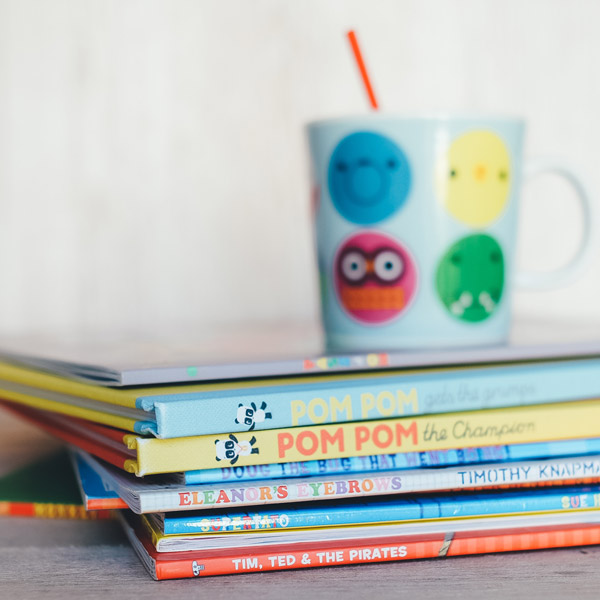 Example in Action: Respond to Reading
Example in Action: Respond to Reading
After finishing a class novel, third graders were invited to respond to the book by designing something with recycled materials. One character in the story was in a severe accident, rendering her unable to walk. The students decided to design tools that would help the character after her accident. Using things like plastic bottles and cardboard boxes, they created everything from wheelchairs to customized clothing to “book-grabbers” for the fictional character! By inviting creativity, the response task became a highly engaging lesson infused with empathy and environmental consciousness. Way to go, third grade!
10 Read it again!
Allowing kids to reread stories they enjoy is one of the best ways to help them engage more deeply with the text. Have you ever re-watched a favorite movie and noticed something that you hadn’t before? This happens in reading, too, and it’s one of the best ways to learn how multiple layers can work together within a story.
During rereading, you can even help extend this process by talking about foreshadowing, character development, or any number of advanced literary traits. Using a familiar story as a backdrop for more complex ideas is a fantastic way to introduce them to a growing reader!

It’s no secret that reading is one of the most important skills your child can learn.
By guiding them to become naturally inquisitive, engaged readers, we can set them up for a lifetime of learning success!


